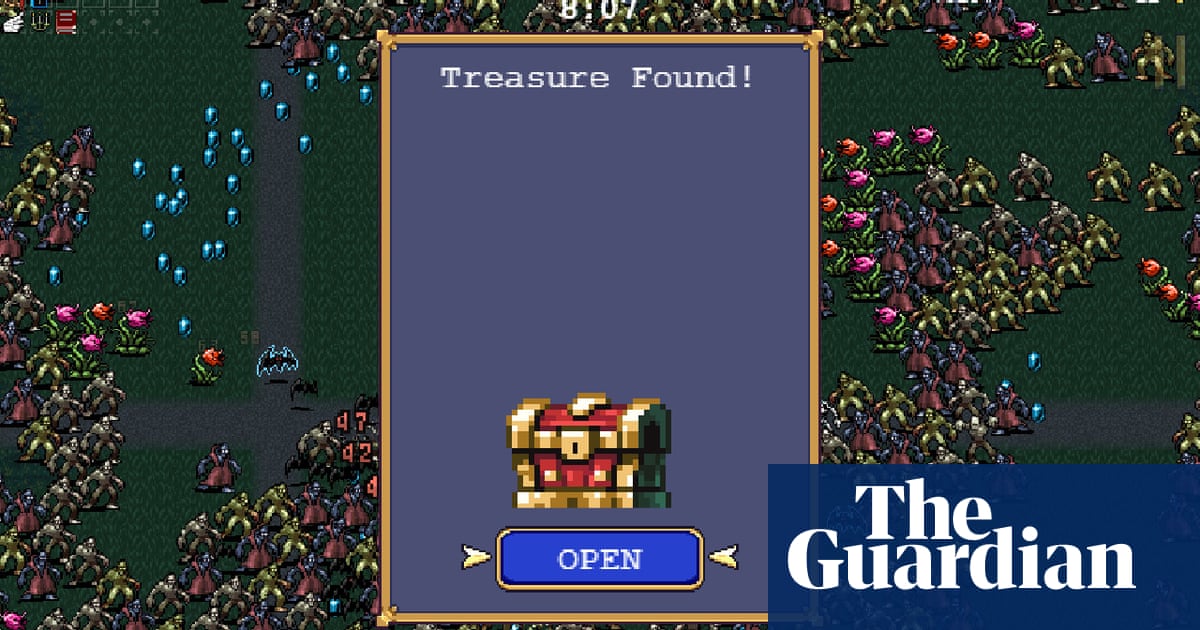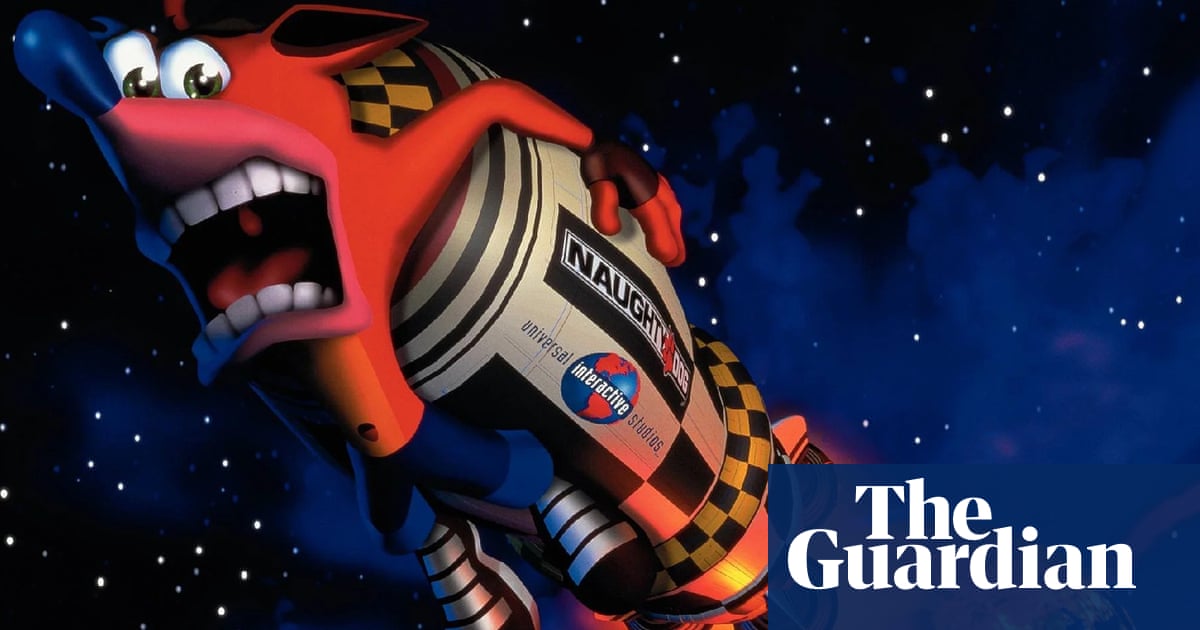
Back in the 90s, when Stephen Witt was attending the University of Chicago, he stumbled on to something many kids did at the time. “One day, I turned on the computer, went into a chat channel and discovered all this music out there ready to be downloaded,” he said. “I never once asked myself: ‘Is this a good thing or a bad thing for me to do?’ It was free music!”
Today, everyone knows just how bad a thing that turned out to be for the music industry, nearly destroying it by the early 2000s. What most people don’t know, however, is the story behind the people who created the technology that made this revolution possible, as well as the group of kids who first figured out how to use its tools so enticingly. That’s the tale told by a thought-provoking and highly entertaining new docuseries titled How Music Got Free.
“When we think of this era, we only think about Napster and Shawn Fanning, who’s celebrated as the punk-rock anti-hero of the whole movement,” said Alex Stapleton, who directed the two-part series. “But Fanning wasn’t inventing anything. The real innovative minds here were a bunch of rogue teenagers and a guy working a blue-collar factory job in the tiny town of Shelby, North Carolina.”
The journalist who tracked the latter guy down is none other than Witt, who, after graduating college, became an investigative journalist responsible for a 2015 book on which the documentary is based. Eager to both discover the roots of the story and to grapple with the consequences of it, Witt began by exploring a publicly available database that chronicled many of those who’d been busted by the FBI for music piracy. He investigated more than 100, but one of them, who hadn’t been publicized at all, turned out to be the most impactful by far. He was Dell Glover, an unassuming young man who lived in an obscure town in the US south. “When I read the complaint against him, I thought: ‘my God, this one guy did more damage than all the other pirates I talked to combined,’” Witt said.
While the documentary details the nearly ruinous impact that it had on the industry, it also celebrates Glover’s technological brilliance and vision, despite him having no formal training in computers. Glover was hardly alone in his innovations. The film profiles a half dozen or so pirates, most of whom were teenagers at the time, whose schemes presaged strategies later perfected by global corporations like Spotify and Netflix. “Those kids wound up creating the world we now live in,” Stapleton said.
They never would have had the chance to, however, if it hadn’t been for a German company named Fraunhofer which created MP3 technology in the 90s. While their innovation made peer-to-peer file sharing possible, the company hadn’t figured out a practical or legal use for it at the time. That’s where the kids came in. Starting back in the 1980s, an illegal demimonde of teens began forming that became known as the “warez” scene. Their initial goal was to strip the copyright protections off video games to get their pricey software for free and share it with others. By the 90s, some of the same teens got the notion to apply that practice to the data on coveted CDs. “Those kids wound up providing the ‘proof of concept’ for what Fraunhofer had created,” Stapleton said.
This was hardly the first instance of the music industry facing severe piracy of its product. With the creation of dual cassette decks in the early 80s, fans had an easy way to copy tapes to distribute to their friends. Some insurrectionist music makers of the day even encouraged the practice, including the Dead Kennedys who issued a cassette inscribed with the message: “Home taping is killing record company profits. We left this side blank so you could help.”
Meanwhile, major groups like Fleetwood Mac believed such practices were doing significant damage to their sales. “They think the reason their album Tusk tanked was because radio stations were playing the album in its entirety in advance of the release,” Witt said. “Fans took that opportunity to tape the album and spread it from there.”
Unsurprisingly, the year dual cassette decks became available, 1982, marked a low point in sales for the music industry. The subsequent creation of digitized CD technology not only gave the industry the lifeline it needed, but it soared their profits to unimaginable new heights. Two factors played into that: the companies’ ability to persuade fans to buy their entire collections again in the new format, and the sky-high prices they set for CDs, which often cost twice as much as vinyl releases or cassettes. Making the companies even richer was the profit margins on the new discs. A CD that sold for $15 cost less than $2 to manufacture. More, the companies kept raising prices on the discs through the 90s. Such extreme greed seeded a level of resentment among fans that came back to bite them big-time with the advent of file-sharing. “Most kids think of the record industry as the Capitol building filled with guys with cigars sitting at their desks,” said Stapleton. “You don’t think about the assistants and receptionists and all the people at the bottom who would lose their jobs in layoffs because of practices like this.”
Witt says the image many artists had at the time – particularly rappers such as Dr Dre and Eminem, contributed to the fans’ lack of sympathy. “In their videos, you would see them driving around on jet skis and drinking champagne on yachts,” he said. “They didn’t exactly look like starving artists.”
The 90s was hardly the first time listeners expressed a belief that music should be free. In 1969, such thinking led fans at Woodstock and the Isle of Wright festivals to tear down the gates and pour into the venue without paying, actions encouraged by the naive ideologies of the day. Another factor was the fact that recorded music for mass purchase had only begun a little over a century ago. “The commodity culture around music is relatively new,” Stapleton said.
For the kids who distributed music for free in the CD era, there was also a certain thrill. “For them, it was a high,” Stapleton said.
She likens their actions to that of graffiti artists. “They’re both echo systems of people communicating with each other,” she said. “At the same time, there was a great sense of competition among them for bragging rights to become the first to get this music out there.”
The person who did so most often was Glover, aided by a key advantage. By day, he worked at Universal Music’s CD manufacturing plant in North Carolina, from which he smuggled out hot albums by stars like Mary J Blige and 50 Cent before they were even released. For the documentary, Glover spoke openly, and largely without regret, as did others who worked at that plant who did their own share of stealing. Part of their incentive was class revenge: while they were paid piddling wages by the hour, the industry used the products they manufactured to mint millions. To maximize profits on his end, Glover set up a subscription service to let those in his circle know what CDs and movies were coming. “He was doing what Netflix would later do,” Stapleton said.
Interestingly, the pirates’ actions wound up having an unwittingly positive effect on fan taste. While in earlier times listeners usually discovered new music through radio stations, which each played specific genres, free music sites gave listeners access to every sound imaginable, in the process exposing them to a far wider range of styles. In that sense, the pirates anticipated the all-you-can-hear model that helped make Spotify a global colossus.
Given the extent and duration of their collective theft, it’s incredible how long it took the industry, and even the FBI, to track them down. “The kids were really good at counter-espionage, it turned out,” Witt said.
In the meantime, the record companies and their lobbying arm, the RIAA, focused their wrath on the most public face of file-sharing: Napster. In truth, all Fanning’s company did was make more accessible the work the pirates innovated and first distributed. Probably the highest-profile star to take on Napster, Lars Ulrich of Metallica, succeeded only in alienating many. “He came off as this older dude coming down on the new shit,” Stapleton said.
Other musicians, like Dave Grohl and the members of Radiohead, were savvier. While in public they rooted the pirates on, behind the scenes their managers backed the RIAA’s crackdown all the way. The music press was just as disingenuous, hailing the pirates as cool outlaws while ignoring the fact that, just a few years later, they would see their own industry decimated by disruptive technologies. For its part, the music industry reacted in the worst way possible, PR-wise. They sued the kids who made up their strongest fanbase. “One of the key lessons we learned from this era is that you can’t sue your way out of a situation like this,” Witt said. “You have to build a new technology that supersedes what the pirates did.”
Eventually, that’s what happened, though the first attempts in that direction made things worse than ever for the labels and stars. When Apple first created the iPod in 2001, there wasn’t yet an Apple store where listeners could purchase music legally. “It was just a place to put your stolen MP3s,” said Witt.
Labels couldn’t sue Apple because of a ruling dictating that the manufacturer of a device couldn’t be held responsible for piracy enacted by its users. While Steve Jobs later modified his approach, creating a way for fans to buy individual songs for the iPod, “that did more damage to the industry than anything”, Witt said. “Whereas, before they could sell a $15 CD to fans who really just wanted one song, now those fans could get that song for just a dollar.”
Only after the death of Jobs did Apple get into full-scale streaming, a delay that doomed the company to play second fiddle to Spotify. Eventually, the collective efforts of the streaming companies returned the music industry to massive profitability, though often at the expense of its artists, who often receive a meager slice of the proceeds. For the consumer, on the other hand, things have never been better. “For $10 a month you can have every song recorded in history,” Witt said.
Things ended less favorably for the pirates, some of whom now have criminal records. Likewise, Glover served a short prison sentence though, today, he is chief maintenance technician at the Ryder Truck manufacturing plant in his home town. For Stapleton, there’s a broader purpose to telling stories like his. “We need to ask ourselves what we can learn from our past to figure out how to co-exist with technology and use it to our advantage,” she said. “Rather than relying on the biggest industries to tell us the answers to those questions, we should be looking in the nooks and crannies of culture to discover the answers for ourselves.”
How Music Got Free is now available on Paramount+
This article was amended on 11 June 2024. The text printed on one side of some versions of the Dead Kennedys’ In God We Trust Inc cassette EP was “Home taping is killing record industry profits!”, not “Home taping is killing music!” as an earlier version said.












